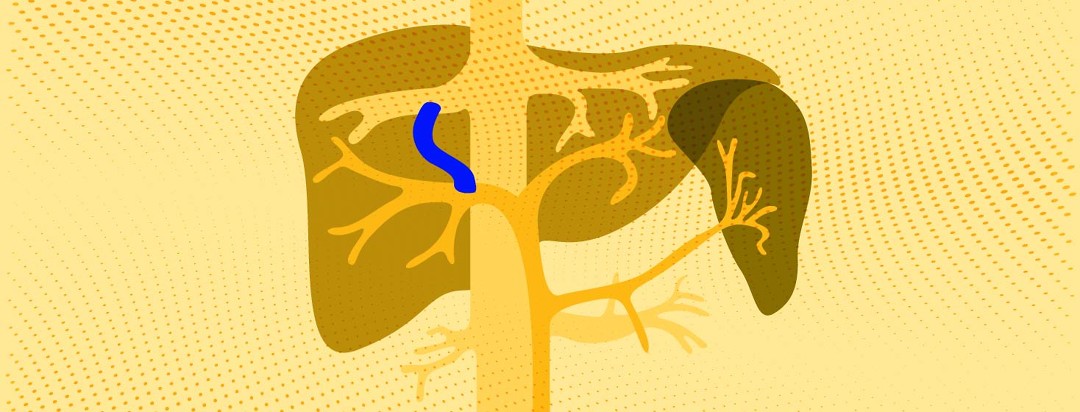A TIPS Procedure for Hepatitis C
A transjugular intrahepatic portosystemic shunt, also known as a TIPS shunt, can help hepatitis C patients who have severe liver disease. One of my friends had one for several years. It helped him to stay healthy and keep working. When I first learned about the TIPS, I was very terrified of having one done. I was also deathly afraid of varices banding. It turns out that some of the scariest things aren’t so bad after all.
Let’s look at the reasons why you may need a TIPS procedure, and what happens before, during and after.
When is TIPS procedure used?
You may need a TIPS procedure if you have portal vein thrombosis. That’s because high blood pressure in your liver can cause a lot of problems. Ascites is when you get really swollen, especially in your belly area. Varices is when your pressure pushes back up toward your esophagus, or toward your belly. Hepatic encephalopathy can also make you brain foggy, especially if you’ve had slow bleeding varices.
My friend who got a TIPS Shunt didn’t treat for Hepatitis C because he didn’t want his friends or co-workers to know. He was concerned about stigma. After the diuretics didn’t help take the ascites off, his doctor recommended the TIPS shunt to help his hepatitis C liver.
What to expect
Here's what to expect during a TIPS procedure:
Before - He had his regular blood work done the week before. He was instructed not to eat after midnight the night before. A family member drove him. Then they held onto his wallet with his drivers license and insurance information after he checked in.
During - They took him back to radiology, and the nurse put him in a gown and started IV’s. After that, he was given a light sedation shot. It made him dozy, but he was wide awake the whole time, and remembers talking to the doctor. He felt totally relaxed during the whole procedure.
Soon they wheeled him back, and a radiologist and his doctor greeted him. They used an X-Ray to guide the doctor during the procedure. They made a tiny incision, in his jugular vein, and then threaded a tiny catheter down to his liver. Once they located his portal and hepatic vein system, they put a wire mesh stent in.
After - The rest of the day was kind of fuzzy. He does remember having an ultrasound done just to make sure the TIPS was working properly. His family drove him home and he felt fine, but kind of woozy.
Results of a TIPS
With his blood flowing more easily, he eventually had less brain fog. His swelling also went down. Because his doctors were on top of everything, he was back at work within a week. He had basic instructions on how to stay healthy and take good care of his liver with a good lifestyle and diet.
Long term impacts of a TIPS
After getting cured of Hep C, inflammation will stop damaging the liver. In my friend's case, the older interferon didn’t work. His liver needed a break, and the TIPS worked perfectly. By making a plan with his doctor, he was able to get relief from ascites and continue to be active on the job and at home while waiting to start his new treatment.

Join the conversation